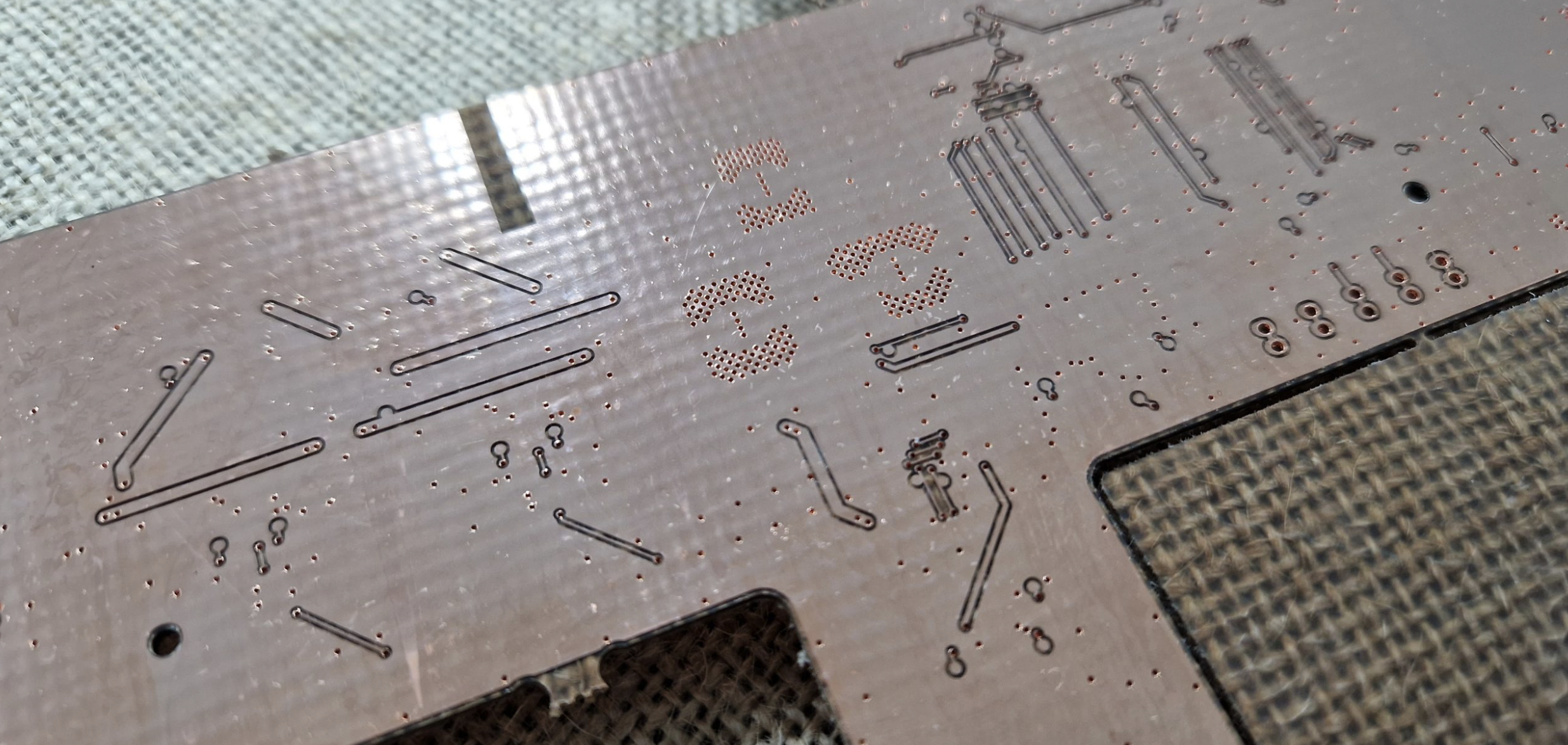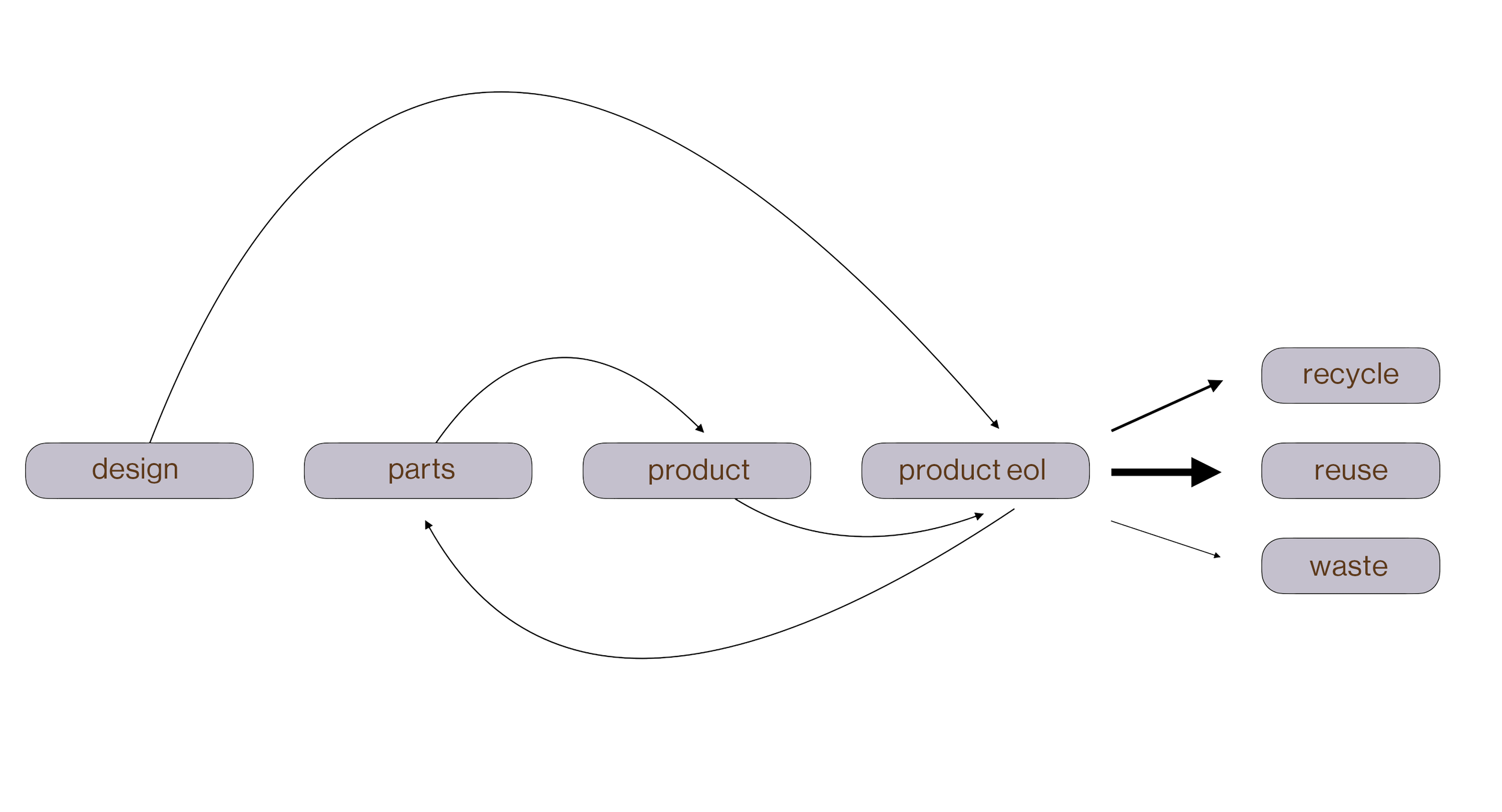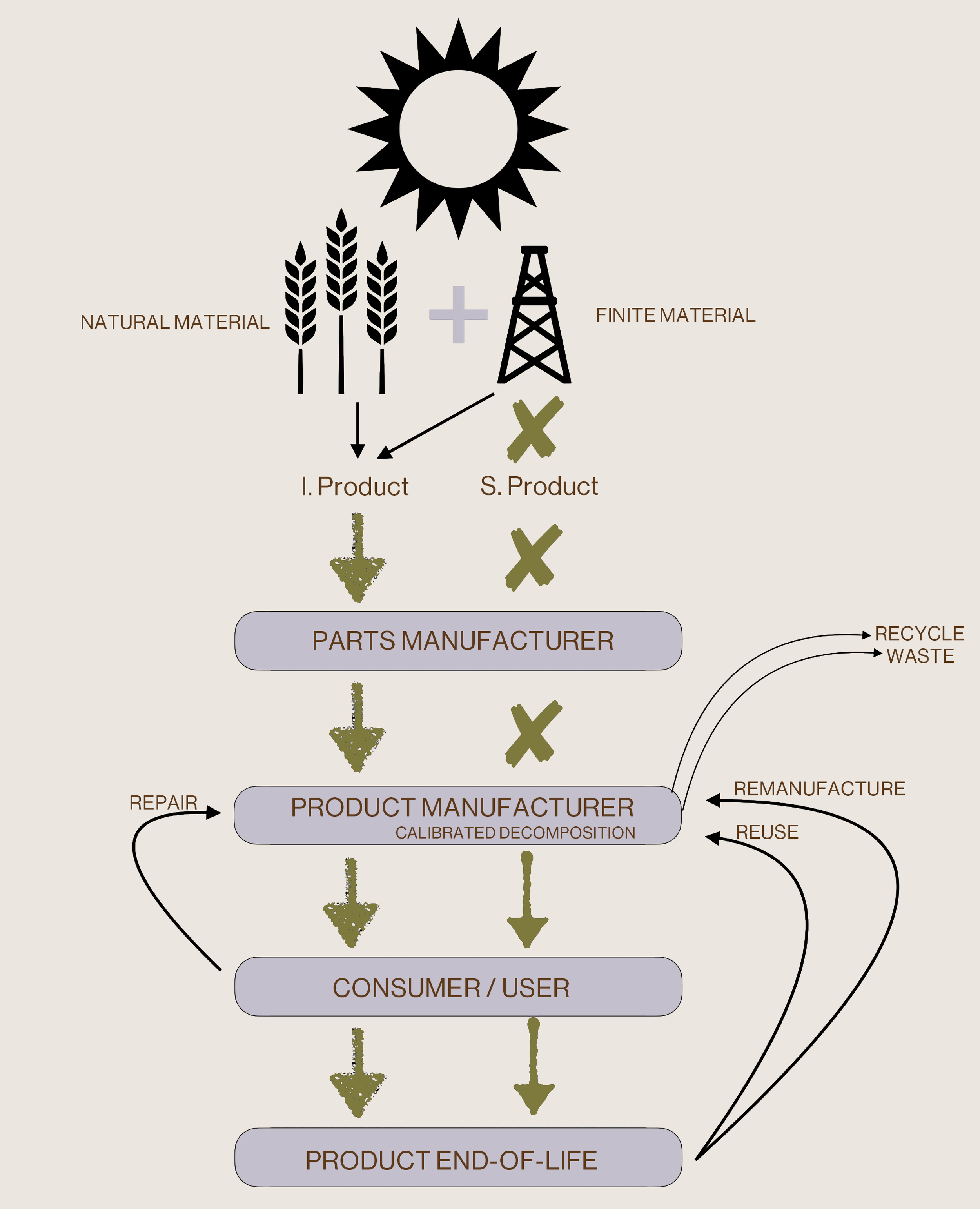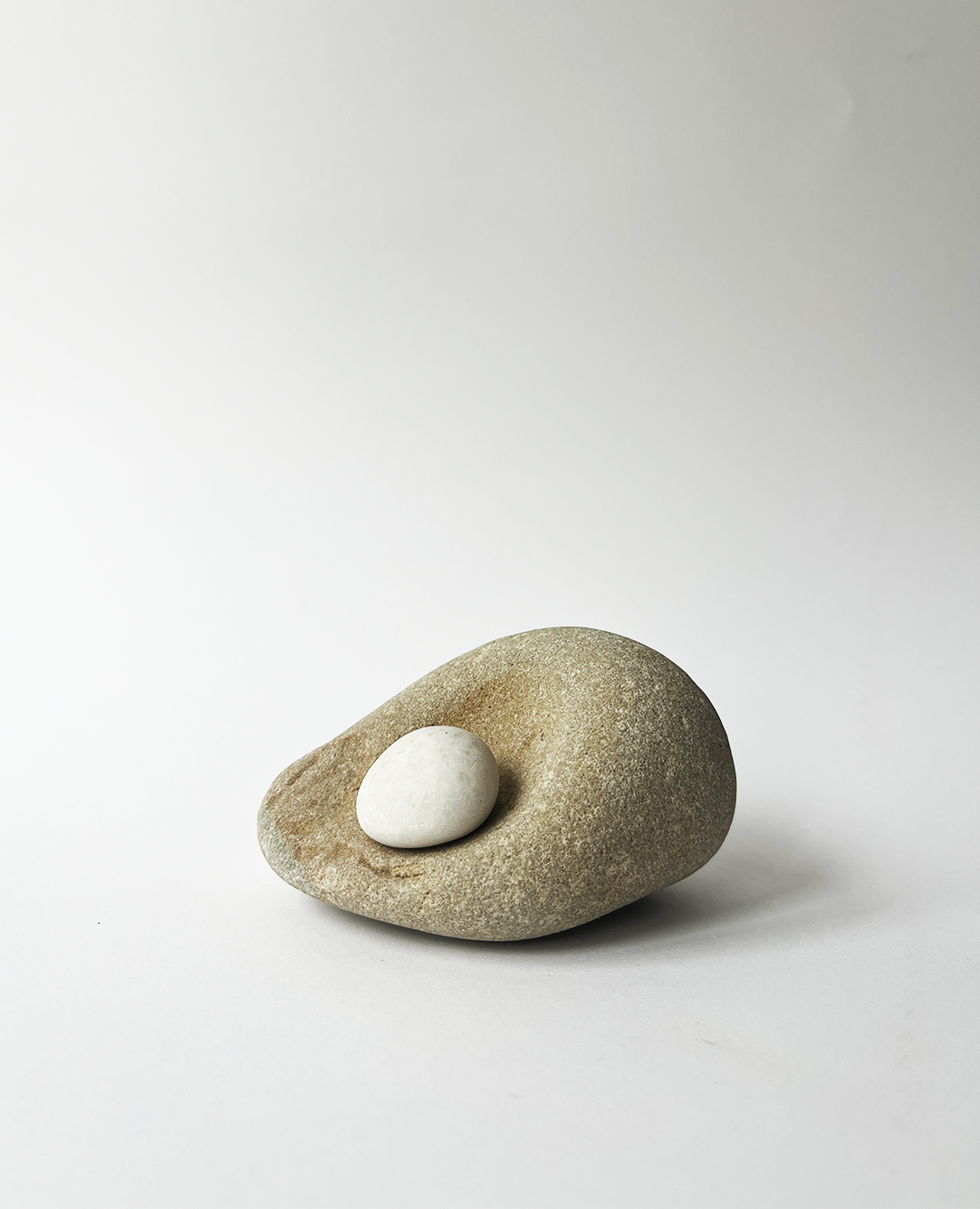d/D methodology
considered end-of-life
d/D uses the Circular Design Guide to ask, can we focus solely on what happens at a product’s end-of-life?
d/D goals
promote product accountability
reduce recycling to reduce waste
replace plastic with bioplastic
design for emotional & physical durability
jiva materials water soluble circuit boardform follows function… for real
to design for decomposition does not mean removing beauty, instead it means that form truly follows function in that before all else, your product will decompose.
think about your product as parts of the whole and consider what happens to those parts. a successful d/D product looks to reuse above all else, recycles when necessary, and wastes as little as possible.
designing backwards
ask how much can be reused and how little can be wasted.
d/D loops
Reuse > Recycling
d/D material flow seeks to reduce recycling and waste. instead, it promotes reuse and remanufacturing.
Accountability
under d/D, designers and manufacturers take responsibility for dealing with a product post-use. this is meant to incentivize smart design but it also allows the manufacturer to harvest components for reuse, ultimately saving money.
calibrated decomposition (cD)
how can designers dictate when a material should decompose? using cD, designers can initiate material breakdown by introducing a predetermined element like water, heat, or molecule additives.
on the right, water at 100º was added to a gelatin plastic, resulting in immediate breakdown. without exposing the material to this cD, it would continue in form without issue.
designing for durability
the argument for using materials that decompose raises the question, what does a product designed to decompose look like? within this proposed paradigm shift is the question of how this aligns with our current material culture. a review of our relationship with goods needs to be examined from both a historical and future perspective. failure to update our prevailing sentiment toward how and why we consume could lead us to abuse these materials in the form of a “get out of jail free” card for over-consumption. an attempt to combat consumer misuse could be found in the emotional durability that designers will need to incorporate into the products that use decomposable materials. creating emotionally durable products is the key to balancing the biodegradable and durable characteristics that will allow these materials to perform as intended and stave off overconsumption. ultimately d/D looks to convince designers to create products that while decomposable, draw empathy and instill a duty of care in the consumer.
emotional durability is a term coined by Jonathan Chapman.



